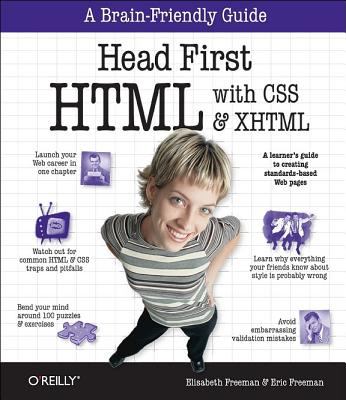HibernateSearch in Action ebook Download

Enterprise and web applications require full-featured, "Google-quality" search capabilities, but such features are notoriously difficult to implement and maintain. Hibernate Search builds on the Lucene feature set and offers an easyto- implement interface that integrates seamlessly with Hibernate-the leading data persistence solution for Java applications.
Hibernate Search in Action introduces both the principles of enterprise search and the implementation details a Java developer will need to use Hibernate Search effectively. This book blends the insights of the Hibernate Search lead developer with the practical techniques required to index and manipulate data, assemble and execute search queries, and create smart filters for better search results. Along the way, the reader masters performance-boosting concepts like using Hibernate Search in a clustered environment and integrating with the features already in your applications.
Hibernate Search in Action introduces both the principles of enterprise search and the implementation details a Java developer will need to use Hibernate Search effectively. This book blends the insights of the Hibernate Search lead developer with the practical techniques required to index and manipulate data, assemble and execute search queries, and create smart filters for better search results. Along the way, the reader masters performance-boosting concepts like using Hibernate Search in a clustered environment and integrating with the features already in your applications.

































